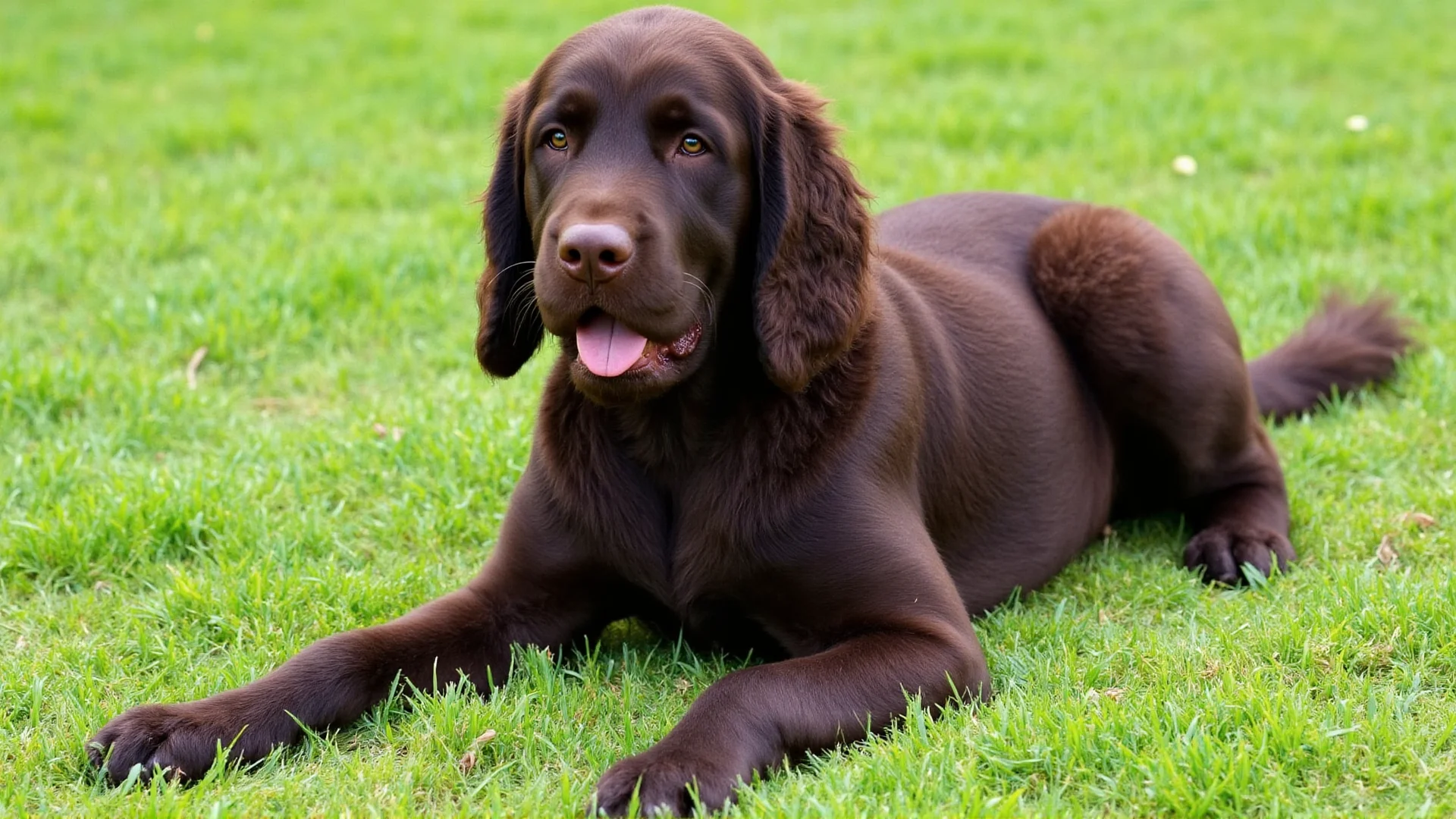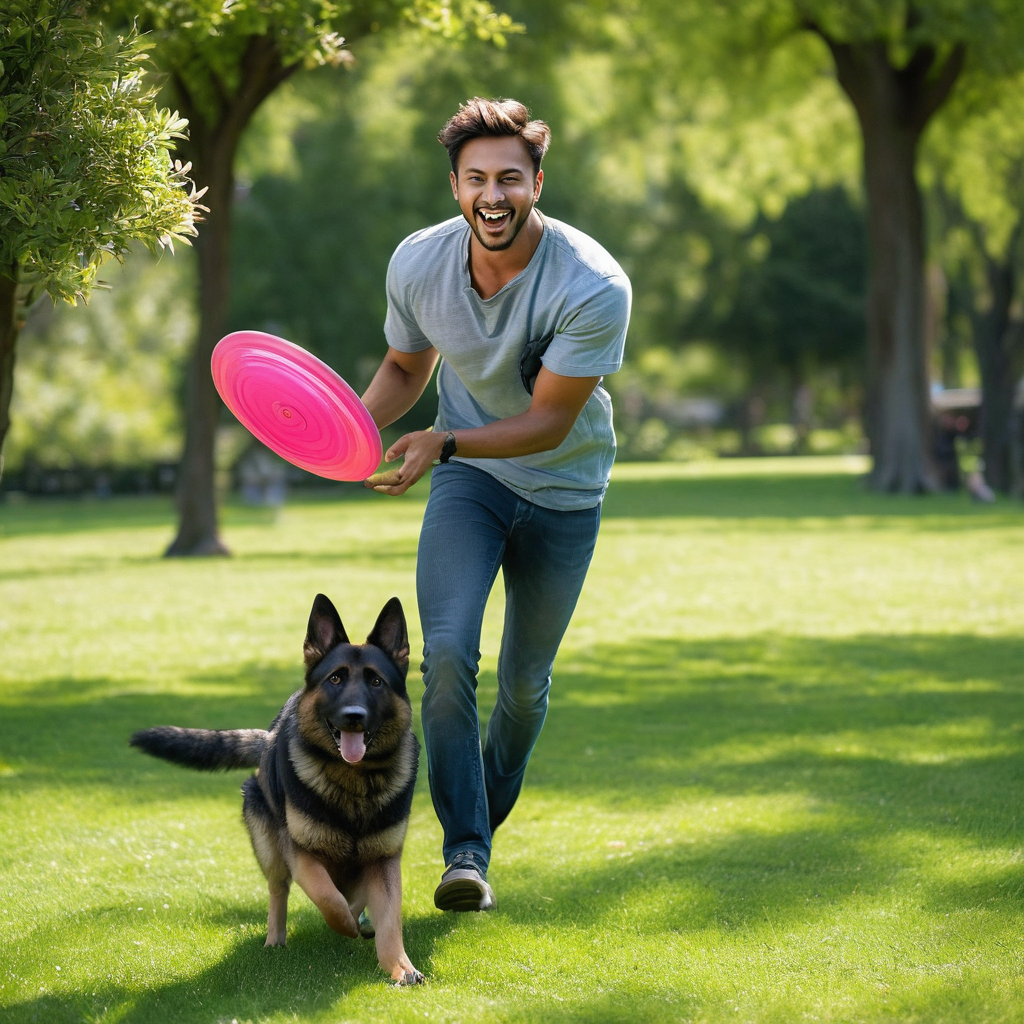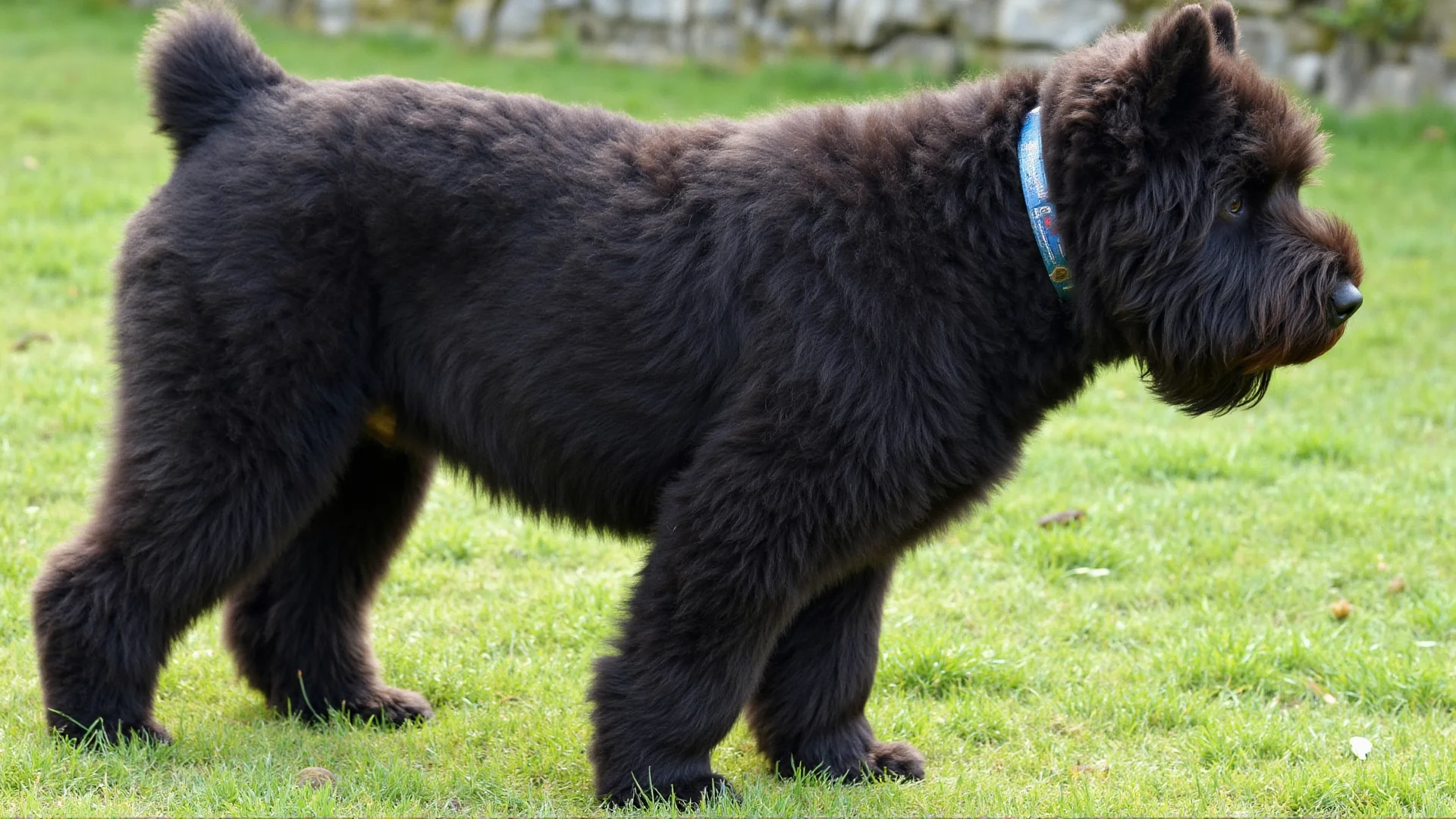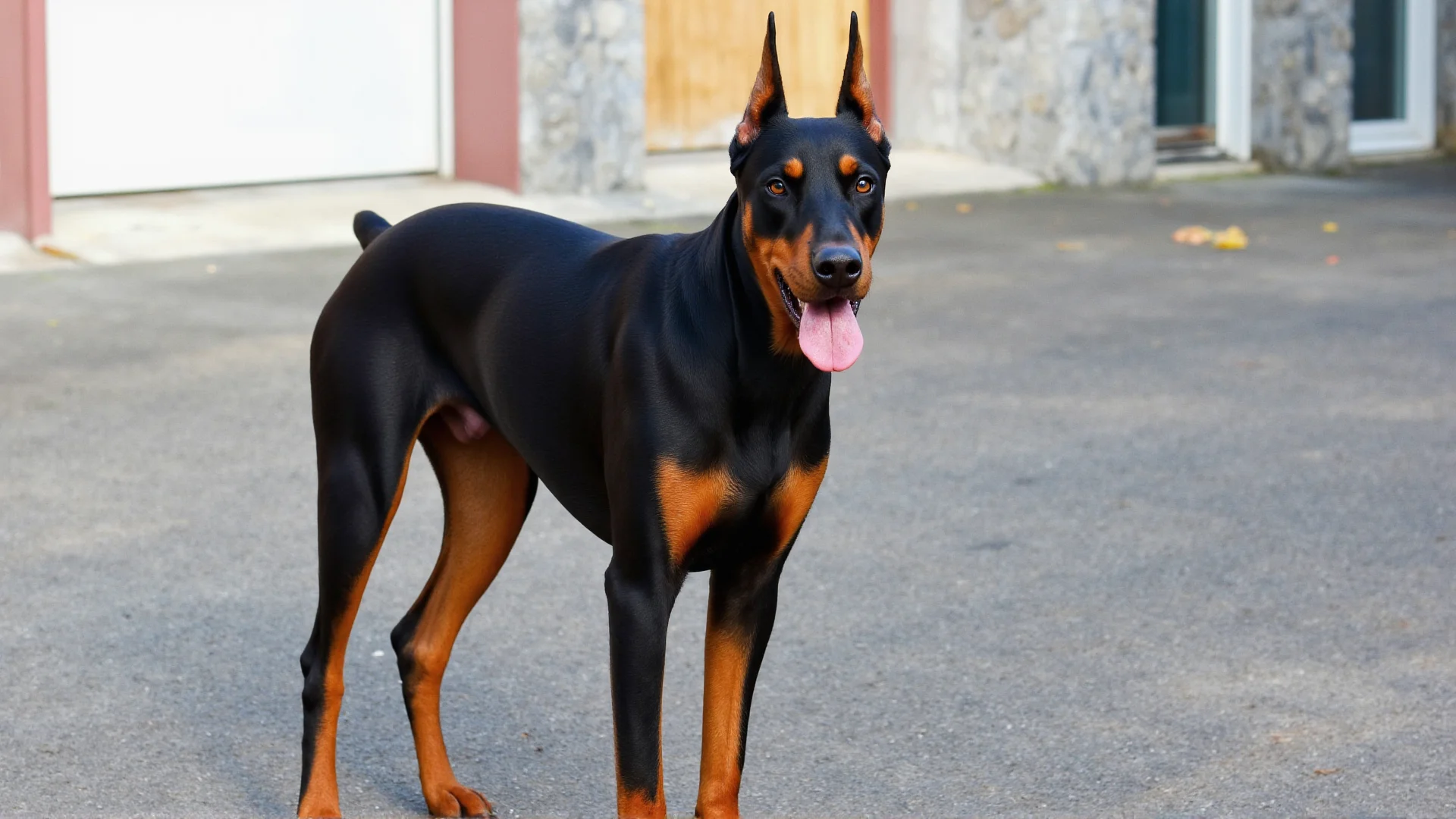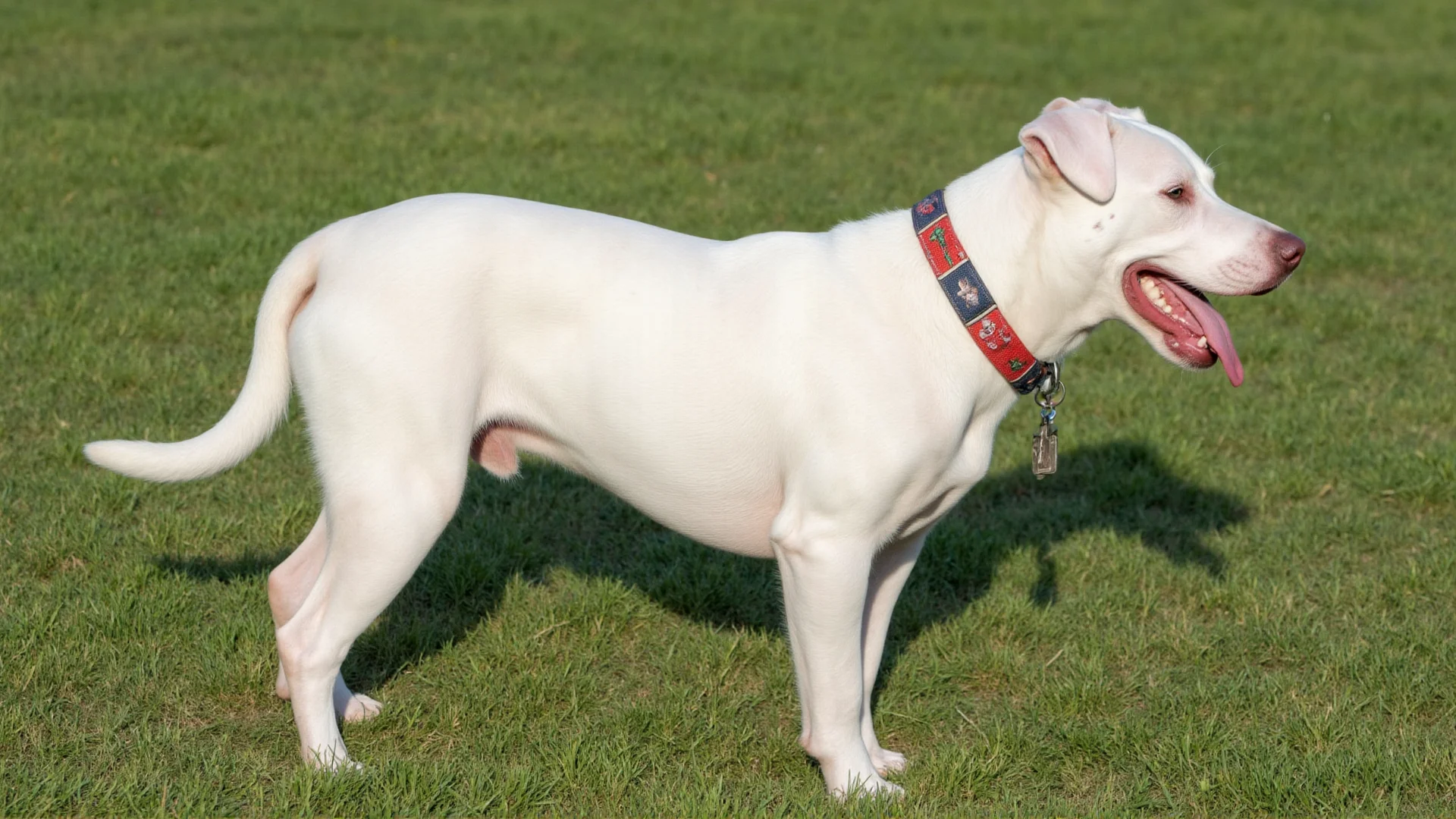Irish Water Spaniel: The Complete Guide to Training and Working with Ireland's Aquatic Champion
The Irish Water Spaniel stands as one of the most distinctive and capable water dogs in the sporting group. With their iconic curly coat and rat-like tail, these remarkable canines have been retrieving waterfowl from Ireland's marshes and lakes for centuries. If you're considering welcoming an Irish Water Spaniel (IWS) into your family or already share your home with one, understanding their water-working heritage is crucial for their happiness and fulfillment.
The Rich Heritage of Ireland's Water Dog
Originating in Ireland during the 1830s, the Irish Water Spaniel was developed specifically for retrieving game from cold, rough waters. These dogs were bred to work in challenging conditions, from the boggy marshlands to the choppy waters of Irish lakes. Their unique physical characteristics weren't chosen for aesthetics alone – every feature serves a functional purpose in their aquatic work.
The breed's distinctive curly coat provides excellent insulation against cold water, while their webbed feet act as natural paddles. Their sturdy build, typically weighing between 45-65 pounds, gives them the strength needed to retrieve large waterfowl and navigate strong currents.
Physical Attributes Built for Water Work
The Signature Coat
The Irish Water Spaniel's double coat is perhaps their most recognizable feature. The outer layer consists of tight, crisp curls that repel water, while the dense undercoat provides insulation. This natural wetsuit allows them to work in water temperatures that would be uncomfortable for other breeds. The coat requires regular maintenance but rewards owners with a low-shedding, hypoallergenic companion.
Anatomical Advantages
Beyond their coat, several physical features make Irish Water Spaniels exceptional water workers:
- Webbed feet: Fully webbed toes provide powerful propulsion through water
- Strong shoulders: Well-developed chest and shoulder muscles enable powerful swimming strokes
- Rat tail: The smooth, tapered tail acts as a rudder for precise navigation
- High-set ears: Positioned to minimize water entry during diving and swimming
Training Your Irish Water Spaniel for Water Work
Starting Young: Puppy Water Introduction
While Irish Water Spaniels have natural aquatic instincts, proper introduction to water is essential. Begin with shallow, calm water when your puppy is 12-16 weeks old. Never force a puppy into water – instead, make the experience positive and gradual.
Start by letting your puppy explore puddles and shallow streams. Use treats and praise to create positive associations with water. Many IWS puppies will naturally wade in deeper as their confidence builds.
Basic Water Training Progression
Phase 1: Water Familiarization (8-20 weeks)
- Introduce shallow water play
- Practice basic obedience commands near water
- Encourage natural exploration
- Focus on building positive water associations
Phase 2: Swimming Development (5-8 months)
- Gradually increase water depth
- Introduce simple retrieves in shallow water
- Practice entering and exiting water on command
- Begin distance swimming exercises
Phase 3: Advanced Water Work (8+ months)
- Practice retrieving from deeper water
- Introduce decoys and training bumpers
- Work on directional commands in water
- Practice blind retrieves and marking
Essential Equipment for Water Training
Training Gear
Proper equipment enhances training effectiveness and safety:
- Training bumpers: Start with bright, floating bumpers in various sizes
- Long lines: 30-50 foot floating lines for distance control
- Whistle: Essential for long-distance communication
- Life jacket: Especially important during initial training phases
- Drying towels: High-absorbency towels for post-training care
Safety Considerations
Water training requires careful attention to safety. Always assess water conditions before training sessions. Avoid areas with strong currents, dangerous wildlife, or poor water quality. Monitor your dog for signs of fatigue, as swimming is physically demanding.
Advanced Water Working Techniques
Directional Commands
Teaching your Irish Water Spaniel to respond to directional commands while swimming opens up advanced training possibilities. Start with basic "over" (left/right) and "back" commands on land, then gradually transfer these skills to water work.
Blind Retrieves
Blind retrieves – sending your dog to fetch objects they didn't see fall – represent advanced water work. This skill requires excellent communication between handler and dog, as well as trust and confidence from your IWS.
Multiple Marks
Training your dog to remember and retrieve multiple objects in sequence challenges their memory and marking abilities. Start with two marks in easy water conditions, gradually increasing difficulty as skills develop.
Maintaining Your Water Dog's Health
Post-Water Care
Proper care after water sessions prevents health issues:
- Rinse with fresh water to remove salt, chemicals, or debris
- Thoroughly dry ears to prevent infections
- Brush out coat to prevent matting
- Check for cuts or abrasions on paw pads
- Monitor for signs of waterlogged ears or skin irritation
Seasonal Considerations
Irish Water Spaniels can work in various conditions, but seasonal adjustments are important. In winter, monitor for ice formation on their coat and limit exposure to extremely cold water. Summer training requires attention to heat stress and adequate hydration.
Mental Stimulation and Land Exercises
While water work is their specialty, Irish Water Spaniels need varied mental and physical stimulation. Incorporate land-based training, puzzle toys, and other activities to keep your dog engaged year-round. These intelligent dogs excel at agility, tracking, and other dog sports when water training isn't possible.
Complementary Activities
- Scent work: Builds on natural hunting instincts
- Agility training: Improves physical conditioning and mental focus
- Hiking and running: Maintains cardiovascular fitness
- Interactive toys: Provides mental stimulation during downtime
Building a Lifelong Water Partnership
Training an Irish Water Spaniel for water work is about more than developing skills – it's about honoring their heritage and providing fulfillment. These dogs were bred to work alongside humans in challenging aquatic environments, and they thrive when given the opportunity to use their natural abilities.
Remember that every dog progresses at their own pace. Some Irish Water Spaniels take to water immediately, while others need more time and encouragement. Patience, consistency, and positive reinforcement will help your dog reach their full potential as a water-working companion.
Whether you're training for hunting, water trials, or simply want to explore your dog's natural abilities, the journey of developing your Irish Water Spaniel's aquatic skills strengthens the bond between you and celebrates the remarkable heritage of this truly Irish breed.
